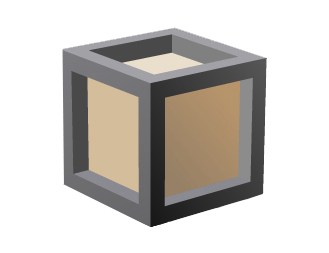Cohesive Foundation: Monolithic Architecture, often referred to as the traditional approach to application development, is a unified design where all components and functions harmoniously coexist within a single entity.
Monolithic architecture stands as a timeless approach to application development, rooted in simplicity and elegance. In this traditional model, all application components and functions harmoniously coexist within a single entity. While modern architectural trends have surged, the monolithic approach remains far from obsolete. This approach simplifies the development process and streamlines application design. Unlike its more modular counterparts, monolithic architecture integrates front-end and back-end components seamlessly. Its innate cohesion is particularly well-suited for smaller applications or use cases where complex synchronization isn't necessary. The enduring allure of monolithic architecture lies in its ability to deliver cost-effective, straightforward, and rapid application development while maintaining relevance amidst a diverse architectural landscape.


Comments
Megan fox
14 sept 2021, 07:00 AMUt elementum turpis lorem, id vulputate risus consequat vitae. Morbi eget urna imperdiet, pellentesque nulla id, tempus mauris.
Megan fox
14 sept 2021, 07:00 AMUt elementum turpis lorem, id vulputate risus consequat vitae. Morbi eget urna imperdiet, pellentesque nulla id, tempus mauris.